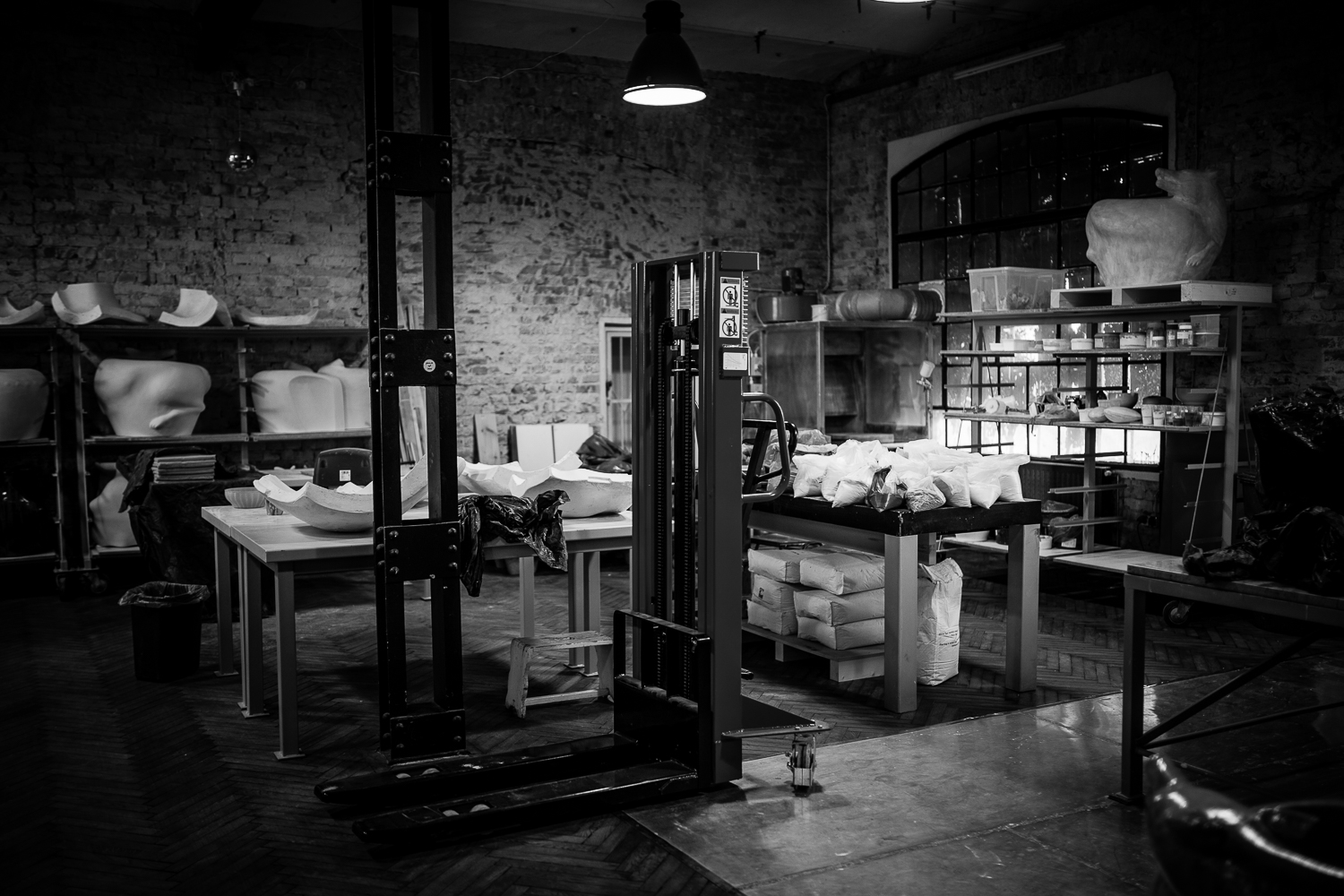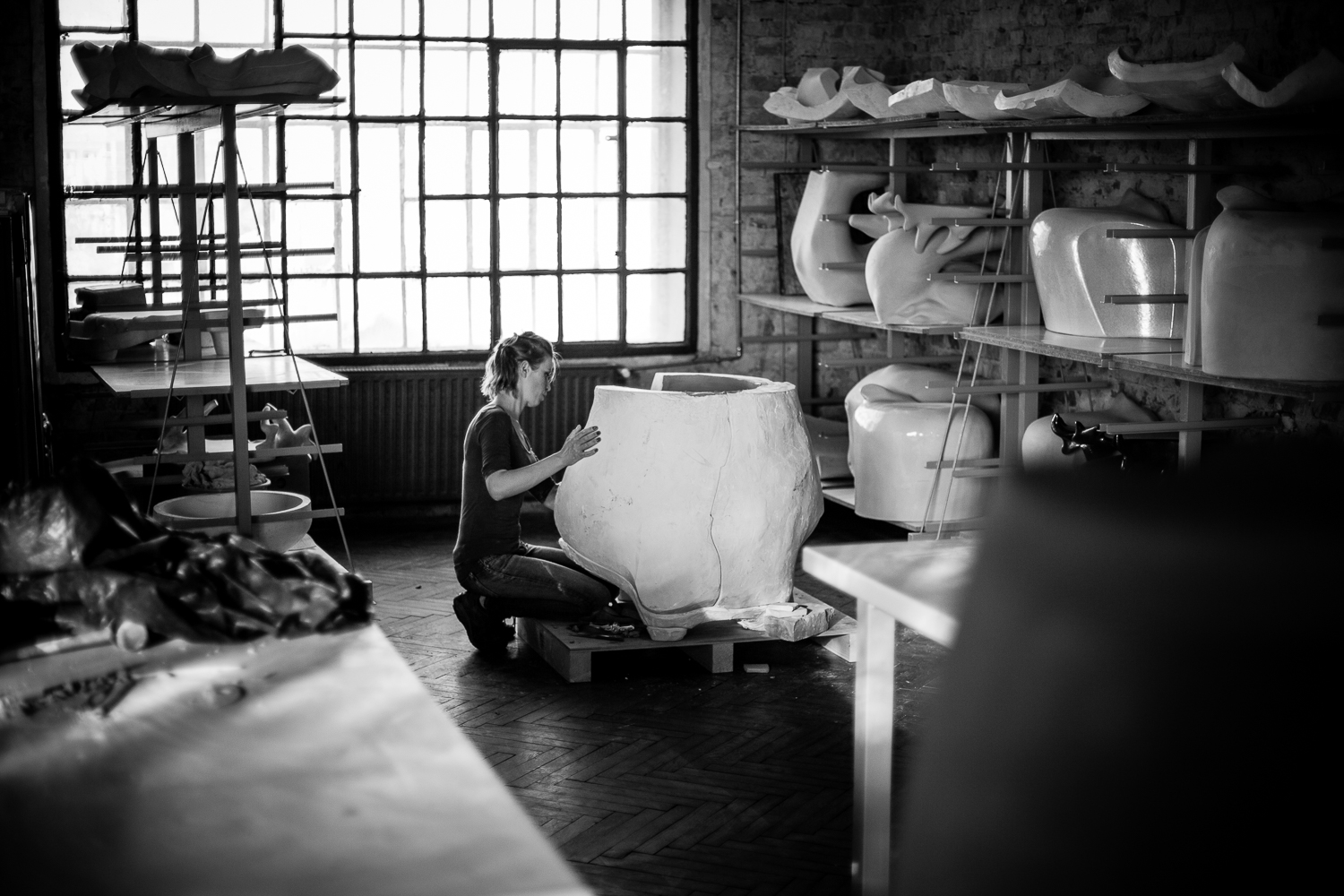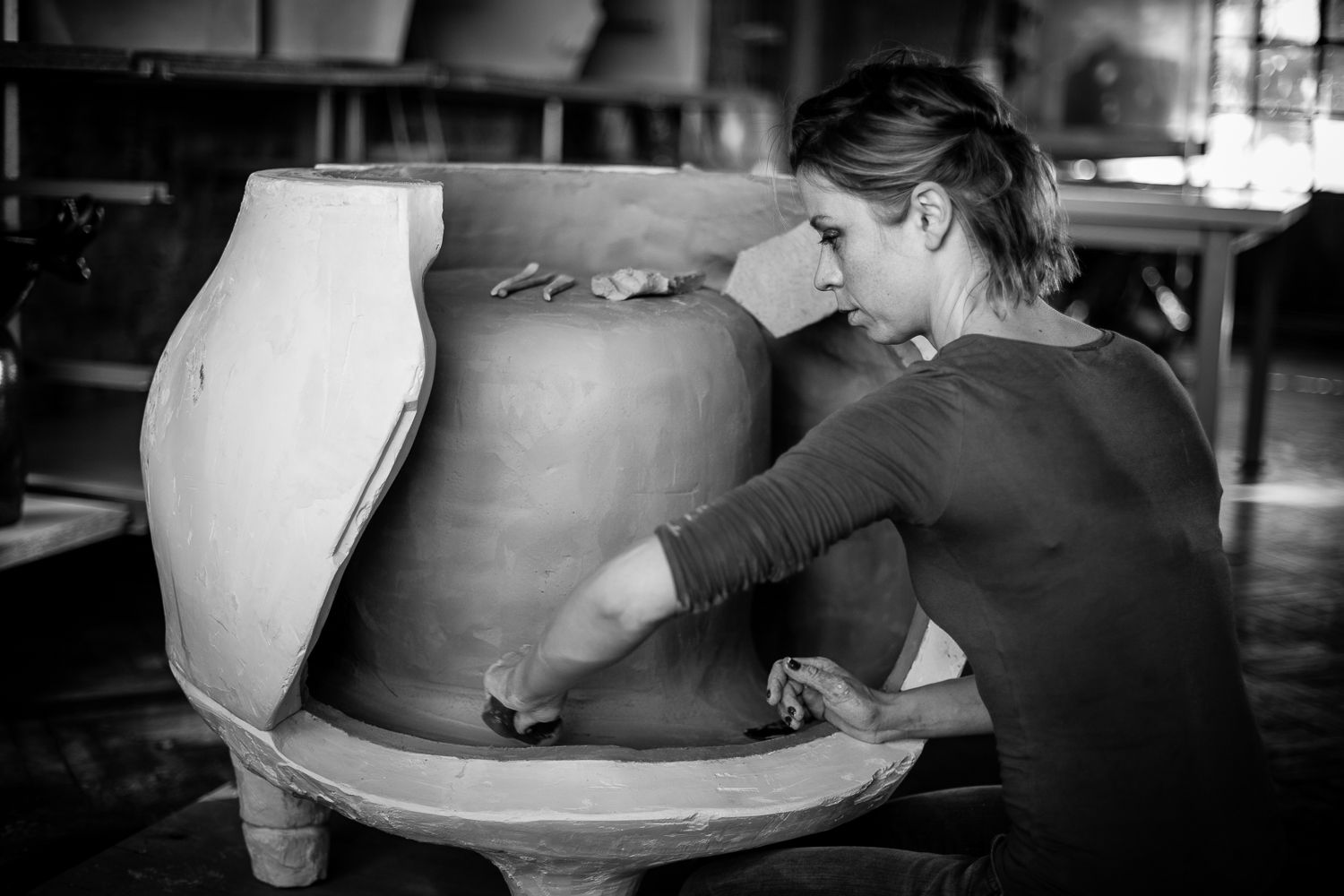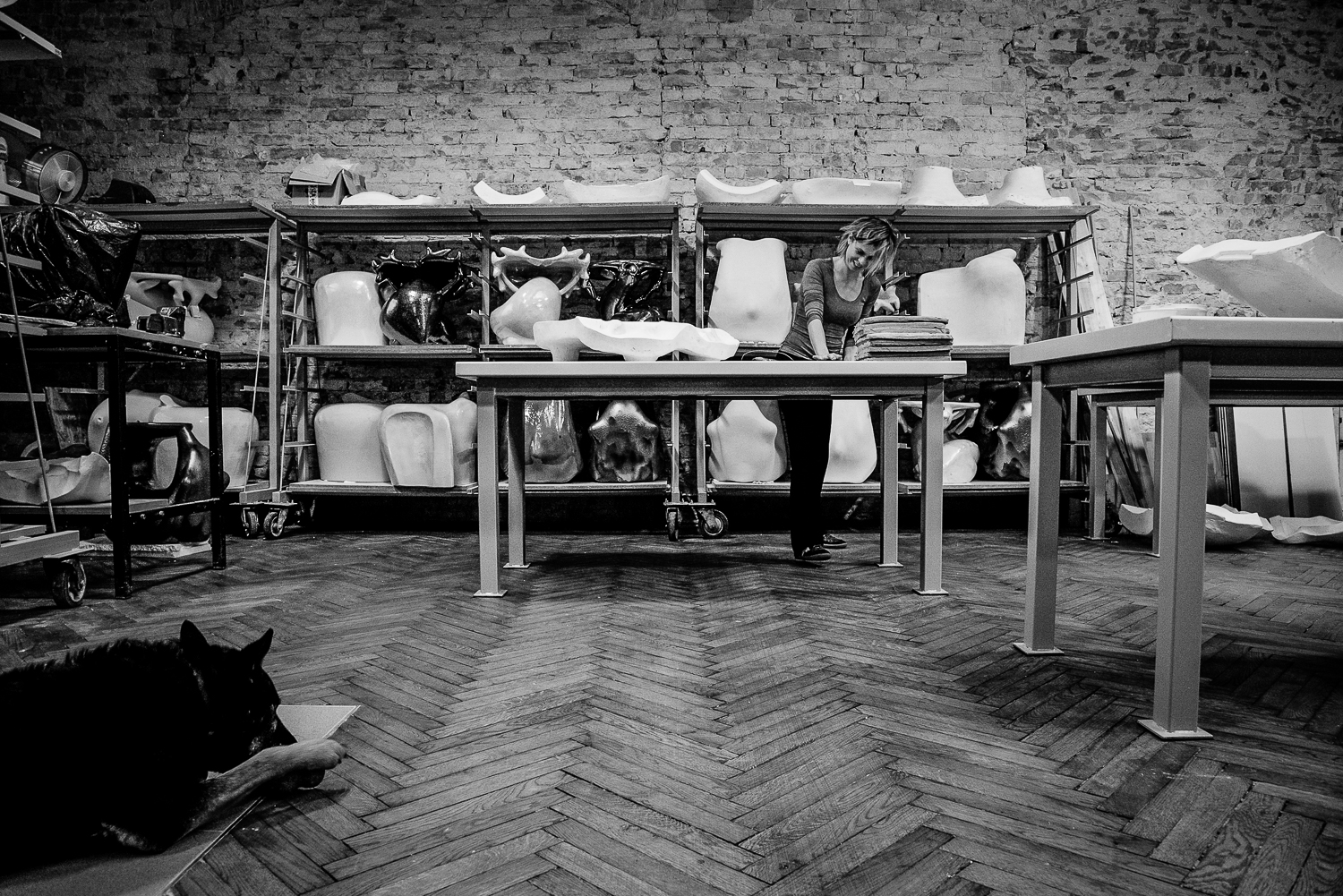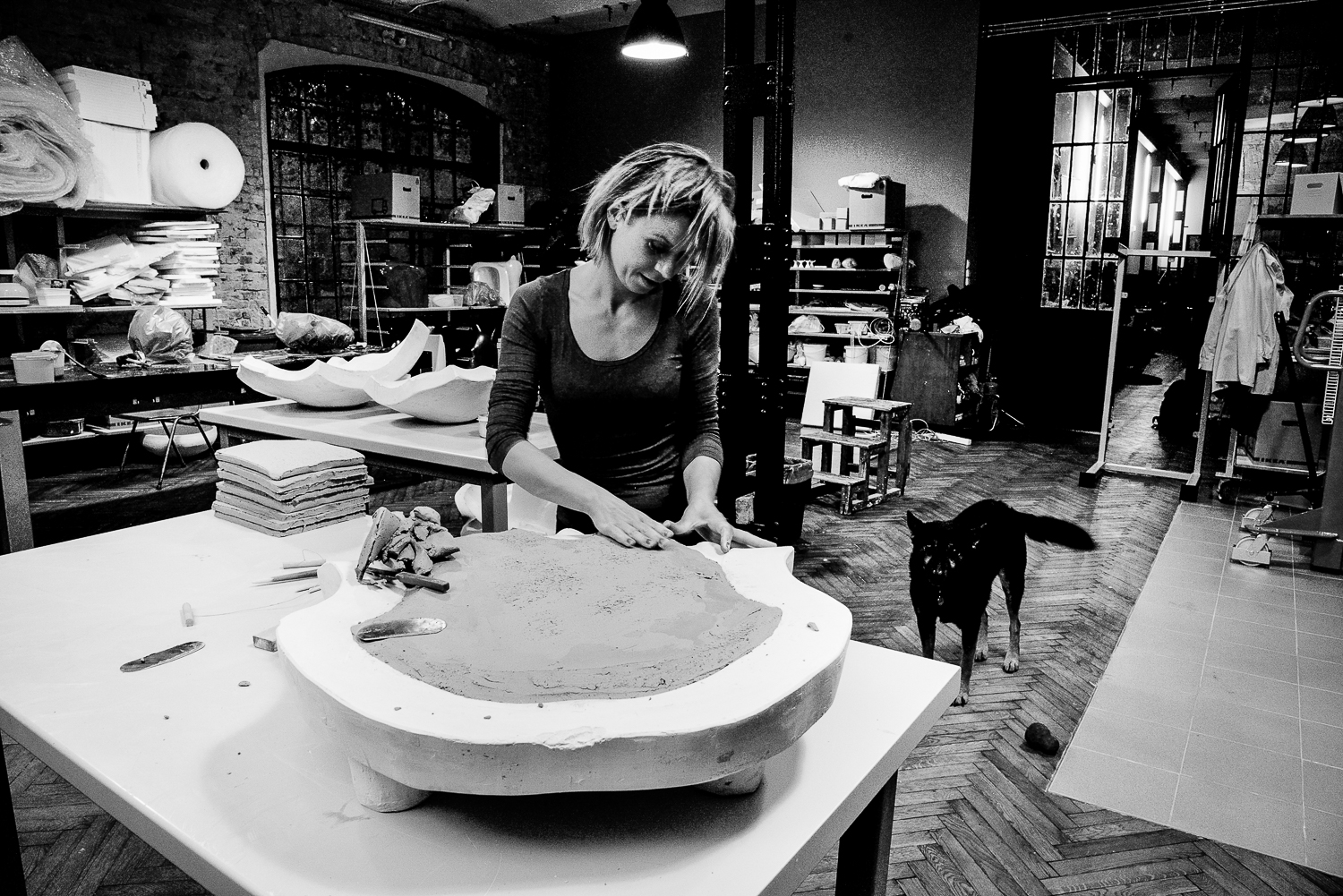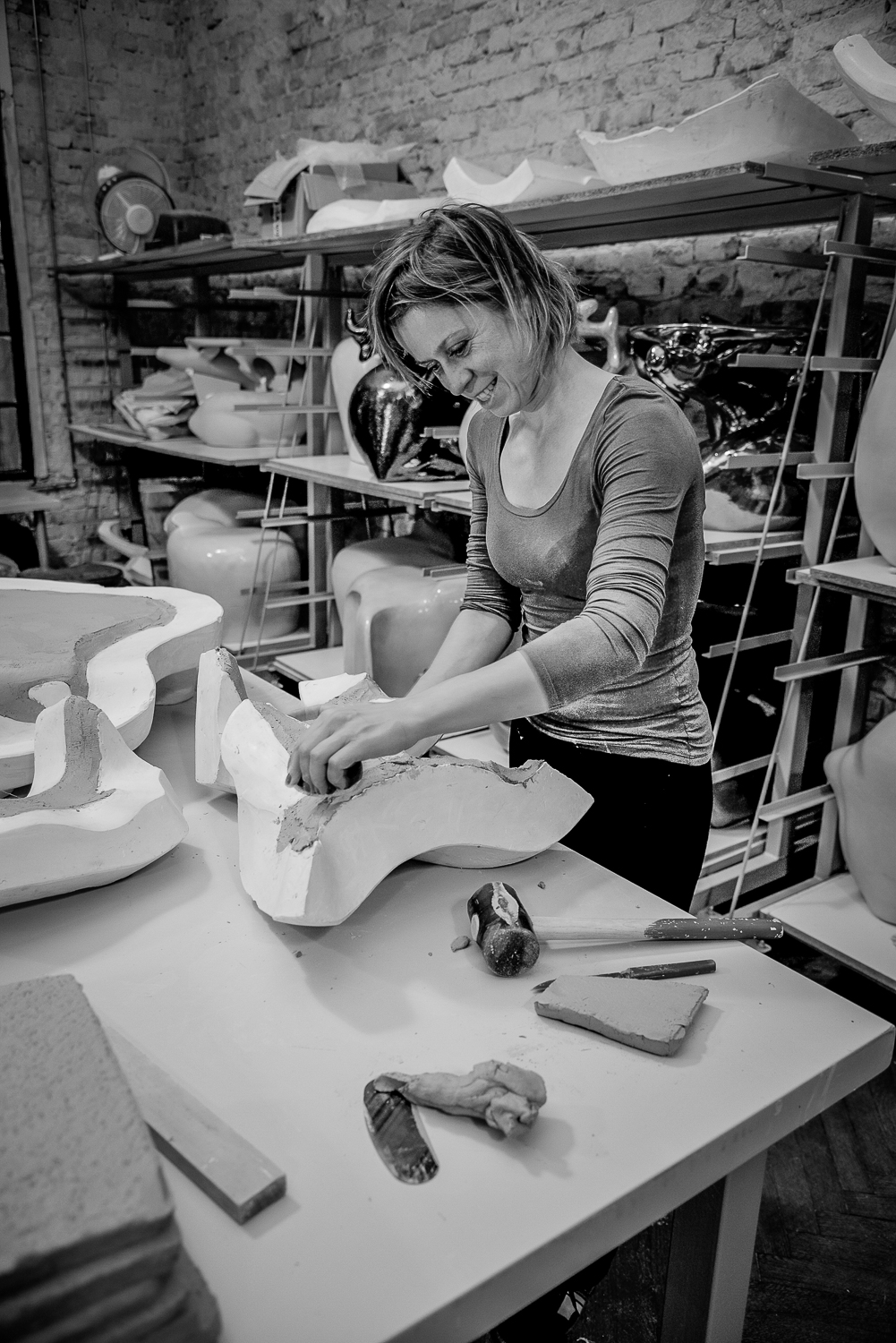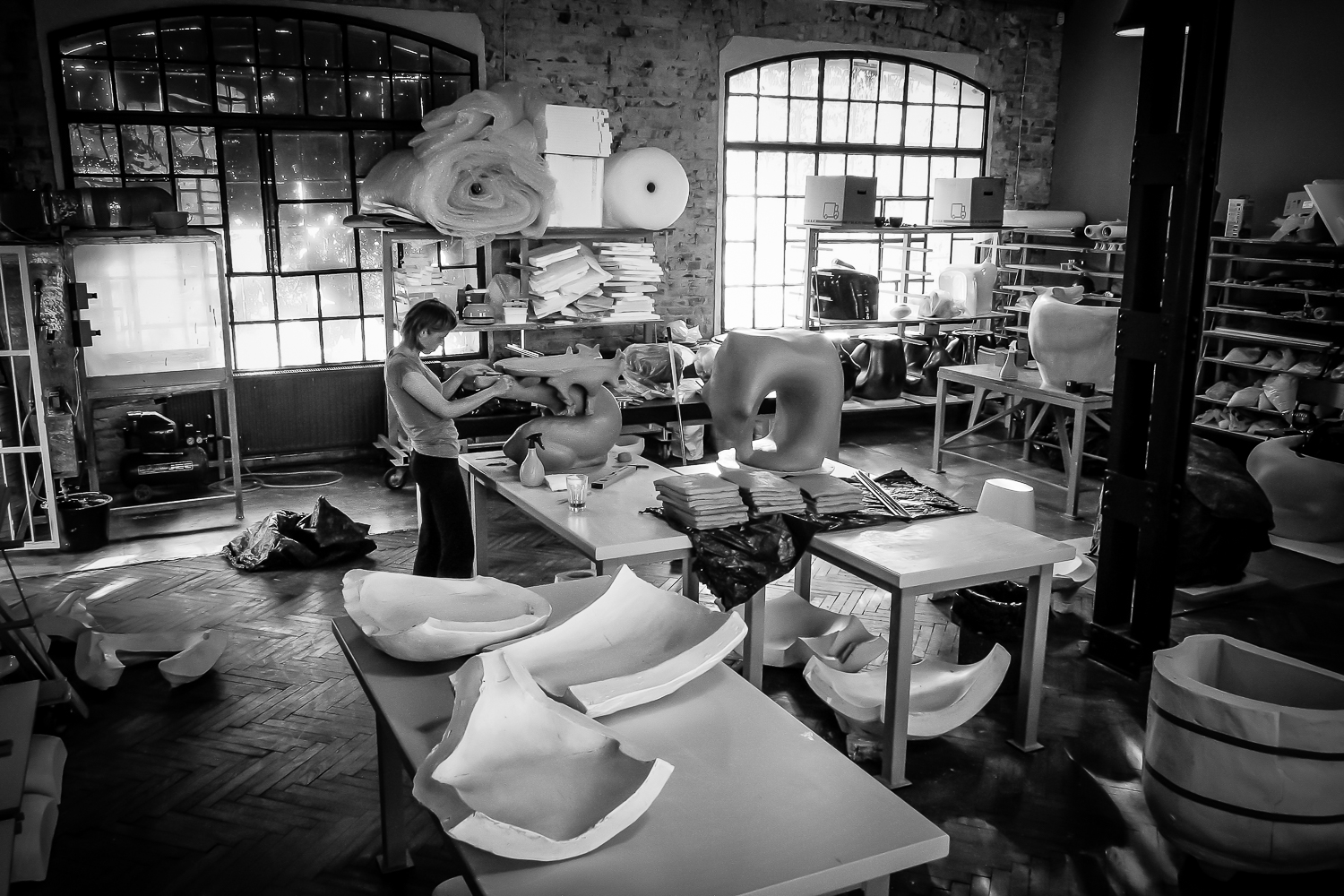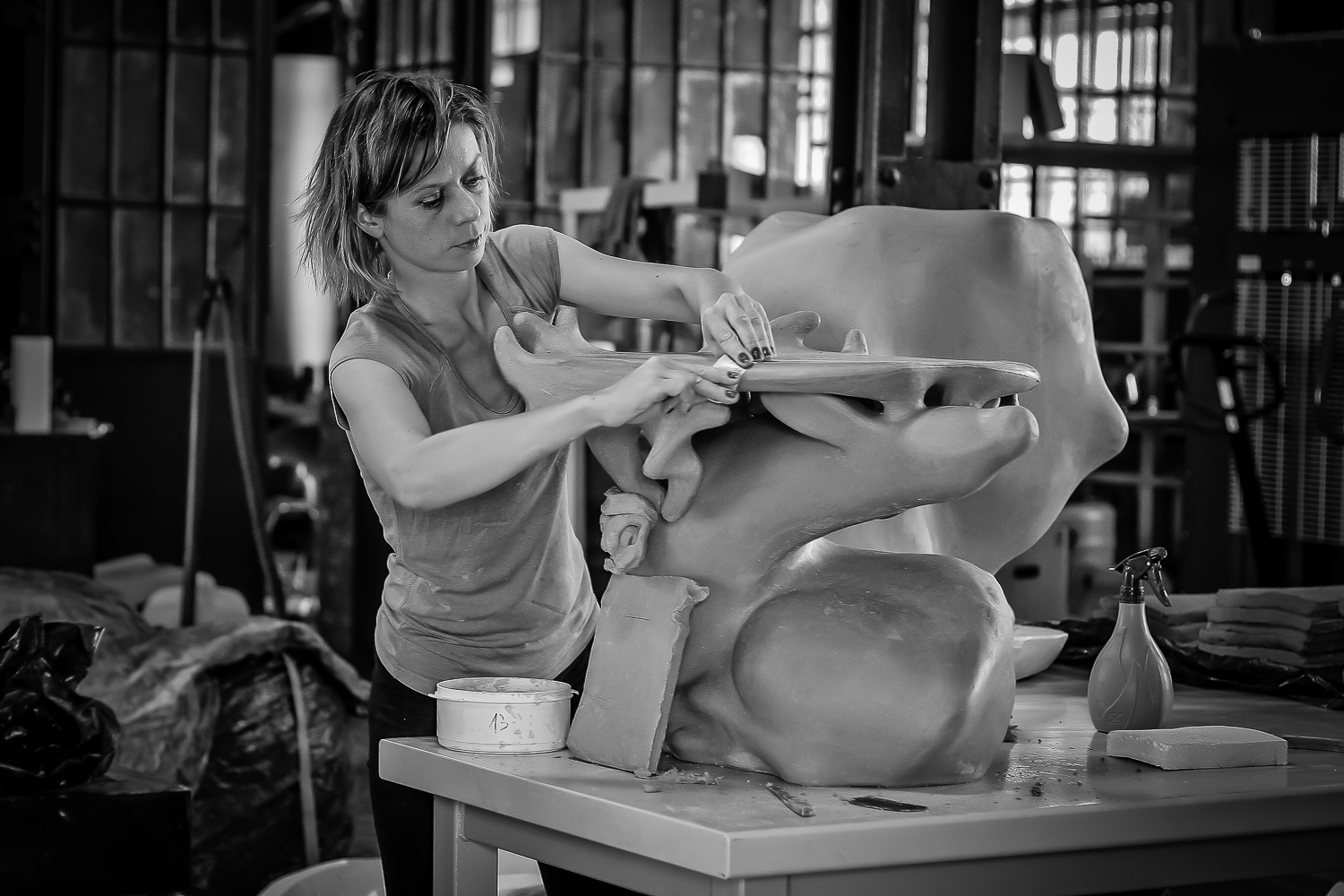I am a Transylvanian ceramic artist and designer residing in Bromölla, Sweden. I am a member of the Ifö Center Artist Collective and have set up my new studio in the factory building where I also collaborate with the art center on sustainability projects about repurposing remnants of the old Ifö Insolators factory.
I often took part in design processes in close collaboration with architects, urban planners, landscape architects, and structural engineers, resulting in a diverse portfolio of both indoor and outdoor projects.
My works in architectural ceramics and conceptual art/design projects are characterized by my commitment to continuous research and experimentation. I have had the privilege of collaborating with esteemed institutions such as the Fraunhofer Institute (FP7 EU project about inventing sustainable inorganic acoustic sound barriers made of structured expanded perlite - 2009) and the University of Liverpool (Illuminating through ceramics - designing translucent silicate materials for architectural surfaces - 2017-2019), where I have contributed to pioneering sustainable materials and technical solutions in rehabilitation art and design projects. I am dedicated to advancing innovation by synthesizing traditional and contemporary production methodologies, with the overarching goal of preserving and promoting local heritage while cultivating social sustainability.
My primary focus revolves around sustainability, particularly through the innovative repurposing of old silicate waste materials. I am deeply passionate about blurring the lines between art and product, crafting experimental pieces that generate further thought and exploration in this field.
I have undertaken the transformation and repurposing of iron-mining byproducts and reclaimed building materials, infusing them with novel properties and functions. Throughout this process, these materials undergo a metamorphosis, acquiring a stabilized texture and prolonged durability, all while retaining their inherent aesthetic appeal.
My exploration has revealed that the juxtaposition of silicate wastes with spatial elements and natural illumination yields distinctive atmospheres, offering fresh perspectives and considerable potential for sustainable applications.
Teaching, lecturing experience
Since 2009 she has regularly lectured and taught practical courses at Moholy-Nagy László University of Art and Design (MOME) in Budapest. From 2009-2011 she taught Formal Studies in the architectural design program, concentrating on analytical design of space and form, and its application at architectural scales. In 2011 as part of a modeling course group project, her students majoring in architecture designed and realized an object at architectural scale, creating illusory spatial effects. In 2012 she taught a course at the faculty of ceramic design where students explored the interrelation of space and form, and the construction of objects testing the limits of the material. In 2016 Spring semester was her last workshop program in Shanghai Art and Design Academy about designing based on the paraphrase method by using a natural pattern.








